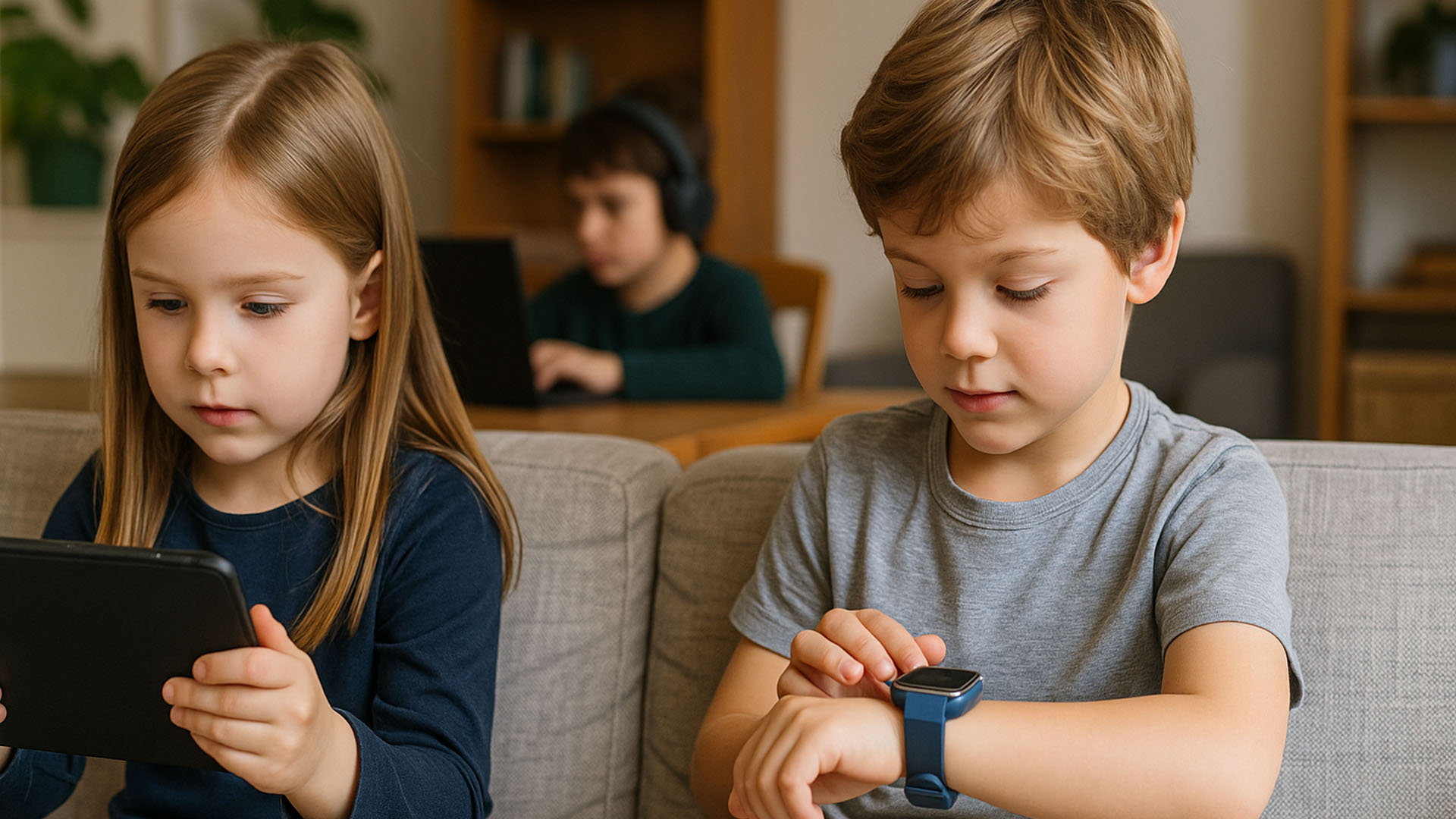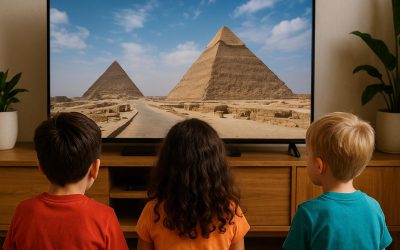In today’s rapidly evolving digital landscape, technology is an undeniable part of children’s lives. From educational apps to interactive games, screens are everywhere. But how much is too much? And what kind of technology is truly beneficial for our children’s development? This article explores the concept of age-appropriate technology, offering insights and guidelines for parents to help their kids thrive in the digital age.
The Benefits of Technology for Children
Technology, when used thoughtfully, can be a powerful tool for learning and development. Educational apps can enhance literacy and numeracy skills, while interactive platforms can foster creativity and problem-solving. For instance, the Gizmo Watch 3 is highlighted as a device that provides young children with the feeling of owning cool tech while offering age-appropriate features like real-time location tracking and two-way communication with parent-approved contacts [1]. This demonstrates how technology can be integrated safely and effectively into a child’s routine.
Understanding Screen Time Guidelines
One of the most common concerns for parents is managing screen time. Research suggests that excessive screen time can negatively impact various aspects of a child’s development, including cognitive development, mental health, and social skills [2]. Organizations like the American Academy of Child and Adolescent Psychiatry (AACAP) provide guidelines: for children aged 2-5, non-educational screen time should be limited to about 1 hour per weekday and 3 hours on weekends [3]. For children under 18 months, screen-based media, except for video chatting, should be avoided [4].
Choosing Educational and Engaging Content
Beyond limiting screen time, the quality of content is crucial. Parents should prioritize educational and interactive content that encourages active engagement rather than passive consumption. This includes apps and games that promote critical thinking, creativity, and problem-solving. It’s important to remember that technology should complement, not replace, traditional forms of play, social interaction, and outdoor activities.
The Role of Parents in Digital Literacy
Parents play a vital role in guiding their children through the digital world. This involves setting clear boundaries, co-viewing content, and engaging in discussions about online safety and responsible digital citizenship. Leading by example is also key; children often mimic their parents’ technology habits [5]. By fostering a balanced approach to technology, parents can help their children develop healthy digital habits that will benefit them in the long run.
Q&A
Q: What is age-appropriate technology?
A: Age-appropriate technology refers to digital tools and content that are suitable for a child’s developmental stage, promoting positive learning and engagement while minimizing potential risks.
Q: How much screen time is recommended for young children?
A: For children aged 2-5, the AACAP suggests limiting non-educational screen time to approximately 1 hour on weekdays and 3 hours on weekends. For those under 18 months, only video chatting is recommended.
Q: How can parents ensure their children use technology safely?
A: Parents can ensure safety by setting clear boundaries, co-viewing content, discussing online safety, and leading by example in their own technology use.
Sources
[1] The Everymom. (2025, July 17). Back-to-School Trends 2025: What Kids Really Want This Year. https://theeverymom.com/back-to-school-trends/
[2] Ricci, R. C., Paulo, A. S. C., & Freitas, A. K. P. B. (2022). Impacts of technology on children’s health: a systematic review. Revista Paulista de Pediatria, 40. https://www.scielo.br/j/rpp/a/GMF35s5mBbwfnmcFs93xgQK/?lang=en
[3] American Academy of Child and Adolescent Psychiatry. (n.d.). Screen Time and Children. https://www.aacap.org/AACAP/Families_and_Youth/Facts_for_Families/FFF-Guide/Children-And-Watching-TV-054.aspx
[4] American Psychological Association. (2019, December 12). Digital guidelines: Promoting healthy technology use for children. https://www.apa.org/topics/social-media-internet/technology-use-children
[5] Lauricella, A. R., Wartella, E., & Rideout, V. J. (2015). Young children’s screen time: The complex role of parent and child factors. Journal of Applied Developmental Psychology, 36, 11-21. https://www.sciencedirect.com/science/article/pii/S0193397314001439








0 Comments